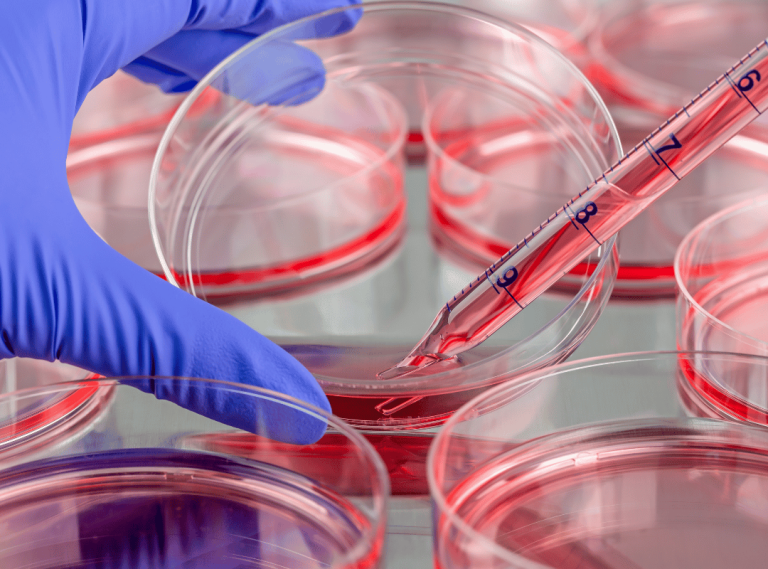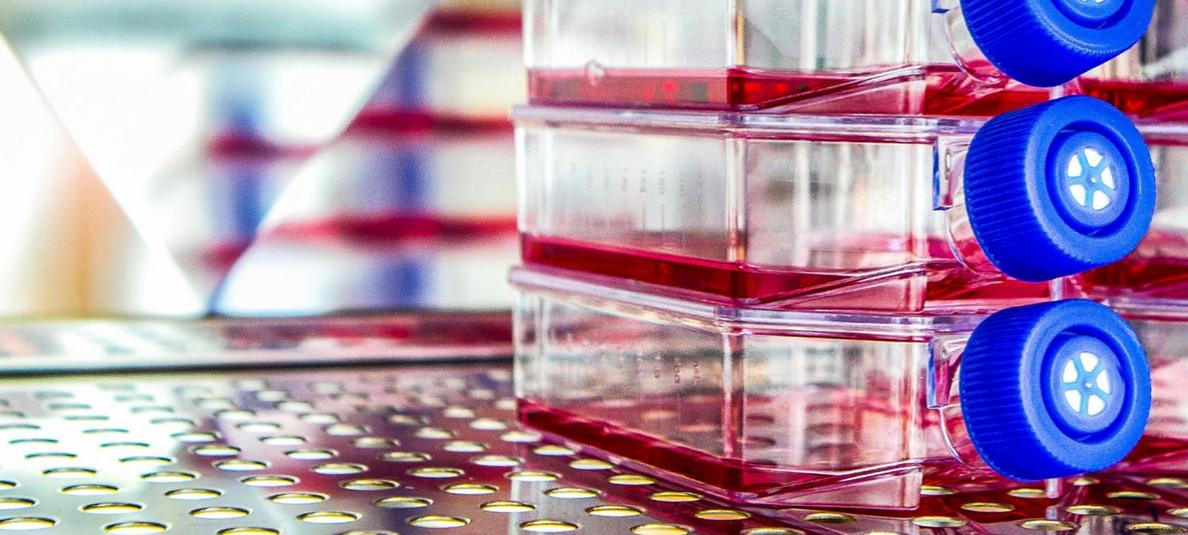Guide to Adherent Cell Culture Basics: Seeding, Expanding, and Harvesting


Cell culture is hard work. Because this is a highly technical process, when you take cells from one source and manipulate them in another condition, there can be a lot of problems, such as contamination from the outside, or a very slow growth rate.
But there are many that we can control. Over the past 100 years, adherent cell culture experiments have contributed to some of the most revolutionary advances in modern medicine, advancing our understanding of diseases such as cancer and underpinning the development of safe and effective treatments.
Fortunately, much more is known about cell culture now than when in vitro culture pioneer Ross Harrison analyzed frog tissue on glass slides in the early 20th century. In this guide, we share the basics of growing living cells for more than a century, including how to seed, expand, and harvest.
Cell Seeding from a Cryogenic State
At the time of purchase of cell culture lines, the product is cryopreserved, which is necessary to maintain cell viability in the long term. In this state, you need to thaw and inoculate cells, a process that should be done very carefully, even if it happens very quickly. However, this important step is often rushed and sometimes many details are even overlooked, which risks cell contamination and does not give the cells the good, sterile start they need.
Here is the correct way to conduct the cell seeding process:
• Get all the equipment you need. You will need a small frozen bottle, a beaker or water bath filled with preheated water, and a flask with preequilibration medium. If you plan to reduce cell viability and remove DMSO or other cryoprotectants, you will also need a conical flask for these media.
• Heat the vial. The frozen vials were gently stirred in a beaker of prewarmed water until the components inside were almost completely melted. Then, the vials were cleaned with alcohol wipes to reduce the risk of contamination.
• Inoculate cells. Using a pipette, the cells are removed from the freezer and transferred to a flask. The mixture is then drawn repeatedly with a pipette for inoculation. That way, your cells are thawed, transferred, and ready to go into an incubator (or centrifuge used to remove DMSO).
Scaling up with Cellular Expansion
After the cells have grown to a certain density, the cells need to be isolated and passaged. You need to master the proper method of cell separation. Cell proliferation is a necessary part of cell culture and depends on efficiency and consistency. If the workflow used is inefficient, it may increase supply and labor costs; If you follow an inconsistent workflow, you can overstress your cells and kill them.
The way to do this depends on your choice of experimental container. There are many options on the market, such as the use of i-Quip® containers, which can help life scientists create a friendly environment in a smaller space to achieve faster growth, and also more labor and pollution risk reduction.
Because not all vessels have the same growth area, researchers will typically think in terms of cells/cm2 yield when they are determining their vessel choice and the amount of associated reagents. They will then use this to consistently evolve their seed train into the amount of cells the researcher needs. For optimal growth, maintain the same ratio of cells/cm2 and mL/cm2 across vessels and reagents by doing the following:
• Apply this formula to calculate your cells by vessel: [(desired cells/cm2)×(cm2 of the vessel)].
• Apply this formula to calculate your medium per vessel: [(desired mLs/cm2)×(cm2 of the vessel)]. For optimal cell growth and gas diffusion, most applications will require between 0.2 mL and 0.5 mL of medium per cm2.
Harvesting Your Adherent Cells
You know the cells are ready to be harvested when they appear as a single layer under the microscope. The researchers usually separate the cells by chemical or physical means.
One approach is chemical separation via dissociation reagents, which need to be optimized for cell type and application to ensure that cells are not negatively affected by the reagents. In contrast, physical removal by cell curette may be a better approach for strongly adherent, sensitive cells that may be intolerant to dissociation reagents. You also need to consider downstream application scenarios and how or if dissociation reagents may affect your research.
If you choose to use the dissociation reagent, follow the following procedure aseptically using the pipette:
• Remove the media from the flask.
• Add a buffer solution like PBS to the flask to remove any trace amounts of serum that could interfere with the dissociation agent. Gently rock the vessel to even out the solution inside. Soak for 10 to 15 minutes for difficult-to-detach cell lines. Remove the buffer solution.
• Add the dissociation reagent at 0.02 to 0.03 mL/cm2. Depending on the cell line or dissociation reagent, you may want to incubate the vessel at 37°C to promote dissociation.
• When the cell states appear circular, but have not yet begun to gather, they are ready - as if you were looking at a night sky filled with thousands of stars. The solution starting to become cloudy is a good sign that it's ready to be separated;
• Dilute the dissociation reagent with a buffer or serum-containing medium, usually in a ratio of 1:1. Soak up and down several times to mix before removing the whole solution and transferring it to the test tube;
• If the cells are particularly sensitive to the reagent, separation of the cells by centrifugation is recommended.
Now your cells are ready to count, so you can measure cell density and viability.
Making Cell Culturing Work for You
Adherent cell culture can open up a whole new world of experiments and downstream applications for your lab - and it can be fun, too. But when you manipulate living cells, there can be a lot of risk, so doing it right is very important. By following these basic instructions and working toward more refined procedures, you can grow into a cell culture expert.

